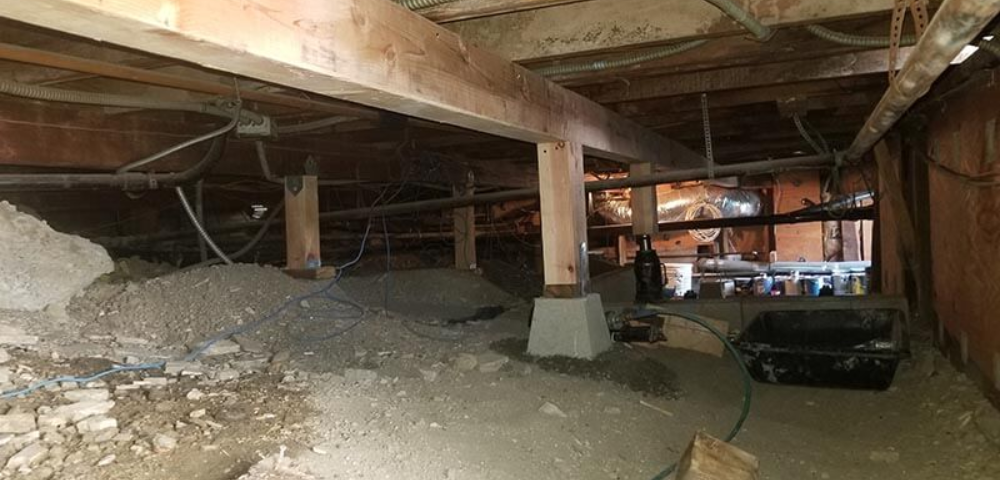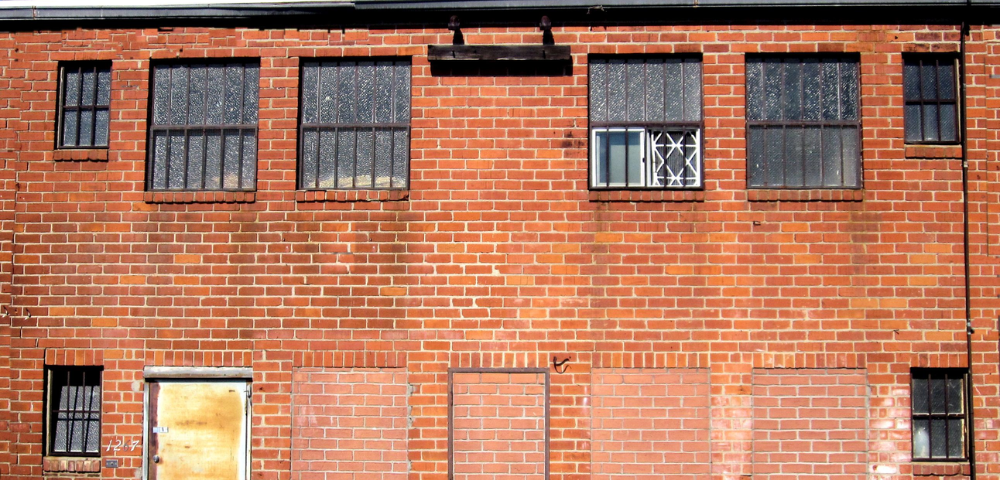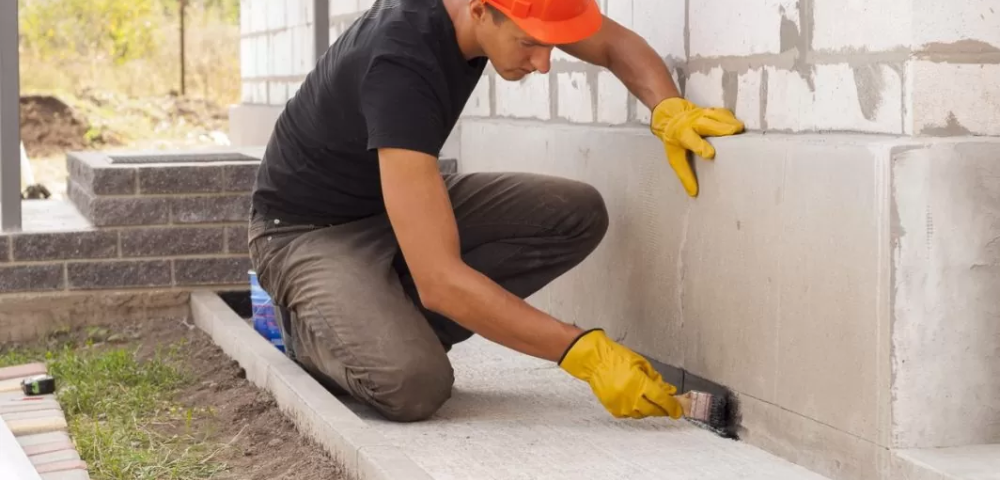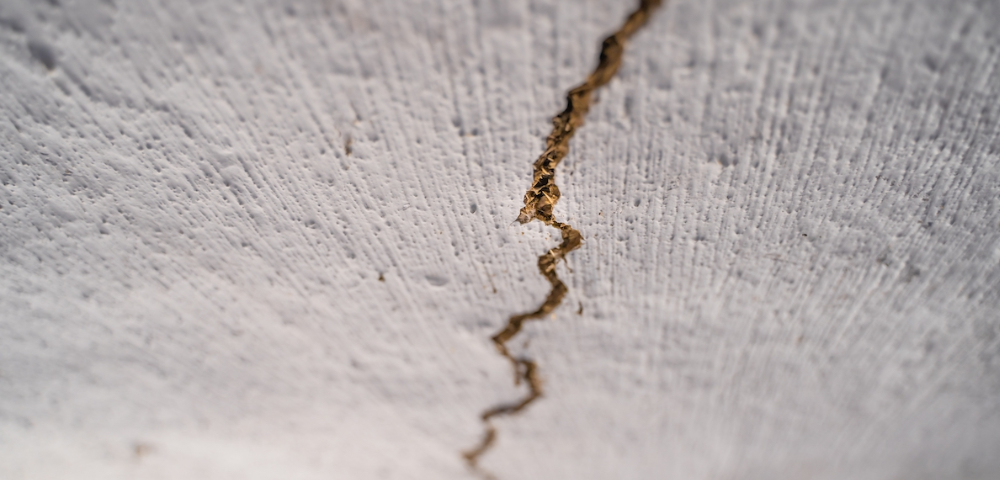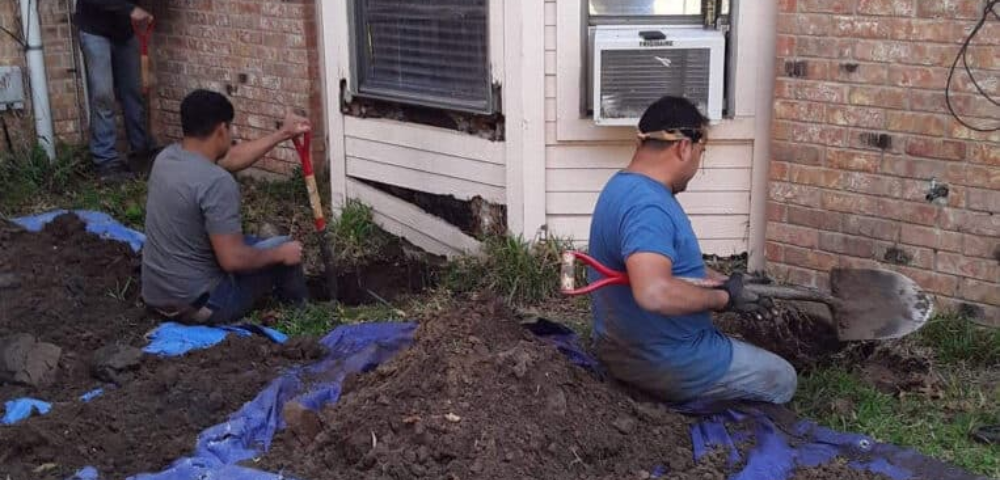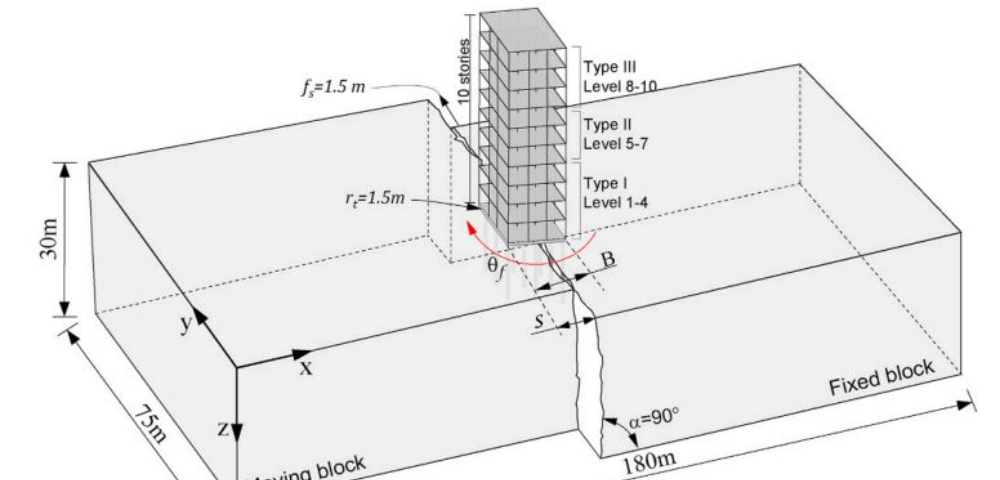In earthquake-prone regions, ensuring the structural integrity of your home is paramount. Seismic foundation repair, often referred to as seismic retrofitting, is a critical process that strengthens existing buildings to withstand seismic forces. This proactive measure not only enhances safety but also helps in preserving the value of your property.
What Is Seismic Foundation Repair?
Seismic foundation repair involves reinforcing a building’s foundation to improve its ability to resist seismic forces. This process typically includes bolting the foundation to the framing of the structure, bracing cripple walls, and installing shear panels. The goal is to prevent the building from sliding off its foundation during an earthquake, thereby reducing the risk of major structural damage.
Why Is It Important?
Homes built before modern building codes may lack the necessary reinforcements to withstand earthquakes. Without proper seismic retrofitting, these homes are vulnerable to displacement during seismic events. Retrofitting not only enhances safety but also increases the home’s market value and may be required by insurance companies to qualify for coverage. Additionally, many insurance providers offer discounts of 10% to 15% for homes that have been properly retrofitted.
Signs Your Home May Need Seismic Foundation Repair
It’s essential to recognize the signs that indicate your home may require seismic retrofitting:
- Cracks in Walls or Foundation: Visible cracks can be a sign of shifting or settling foundations.
- Uneven Floors: Sloping or uneven floors may indicate structural issues.
- Doors and Windows That Stick: Difficulty in opening or closing doors and windows can be a result of foundation movement.
- Separation Between Walls and Ceilings: Gaps between walls and ceilings may suggest shifting of the structure.
The Seismic Foundation Repair Process
The process of seismic foundation repair typically involves several key steps:
- Assessment: A thorough inspection is conducted to identify vulnerabilities in the existing foundation.
- Design: Engineers develop a customized plan to address the specific needs of the structure.
- Implementation: Qualified professionals carry out the retrofitting work, ensuring compliance with local building codes.
- Inspection and Certification: After completion, the work is inspected to ensure it meets safety standards and is certified accordingly.
Choosing the Right Seismic Foundation Repair Service
Selecting a reputable contractor is crucial for the success of seismic retrofitting. Look for companies with experience, positive customer reviews, and proper licensing. For instance, MVP Foundation Experts specialize in comprehensive foundation services, including seismic retrofitting, and offer free inspections to assess your home’s needs.
Conclusion
Investing in seismic foundation repair is a proactive step towards safeguarding your home against the unpredictable forces of nature. By reinforcing your foundation, you not only enhance the safety of your household but also contribute to the longevity and value of your property. Don’t wait for the next earthquake to find out if your home is prepared—take action today to ensure peace of mind for tomorrow.

